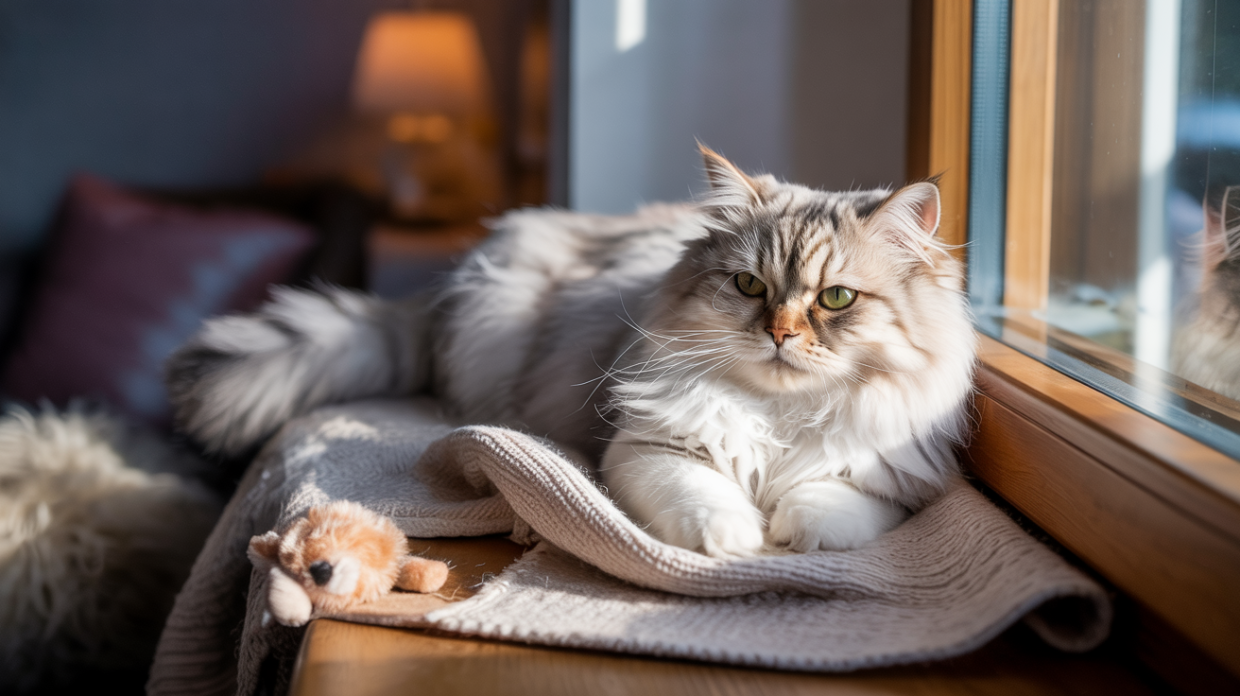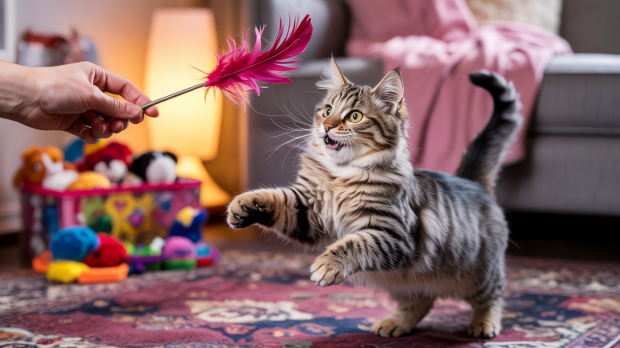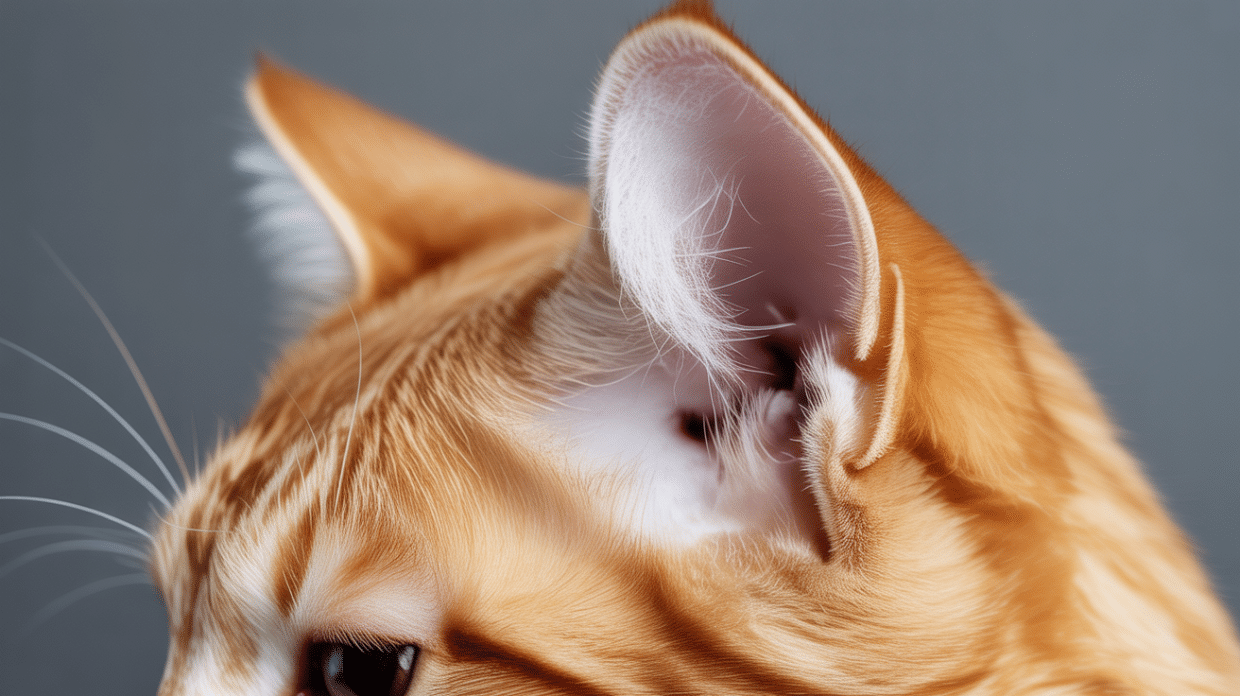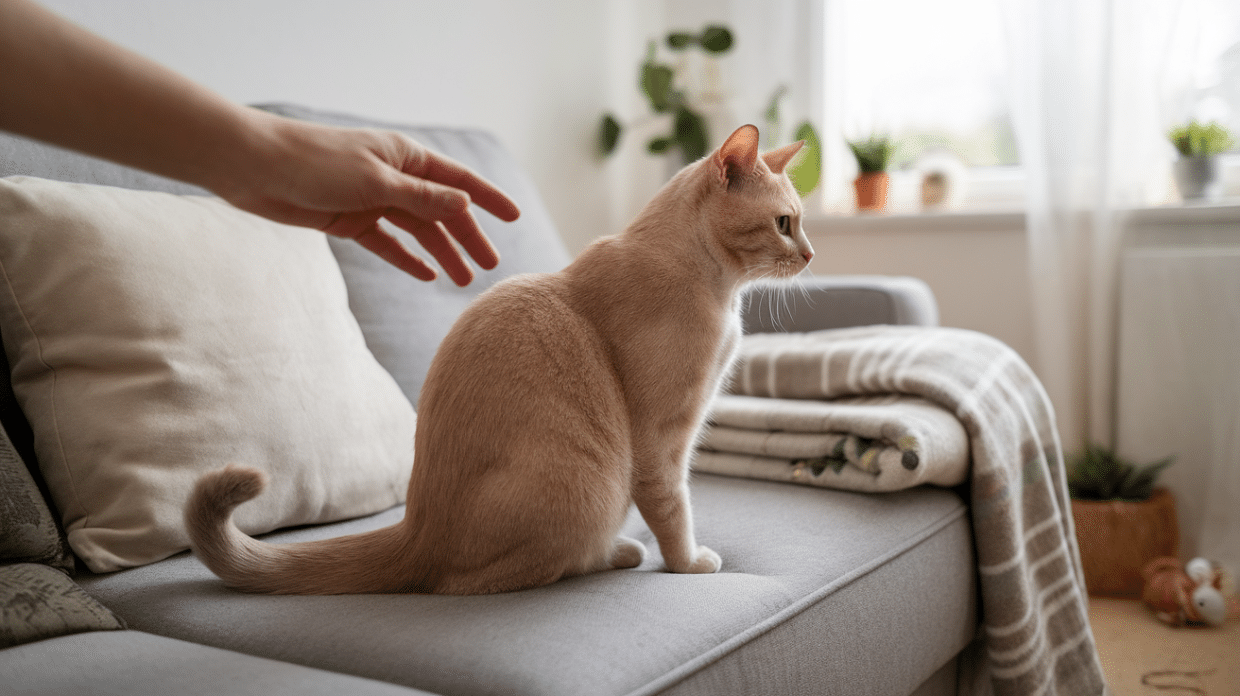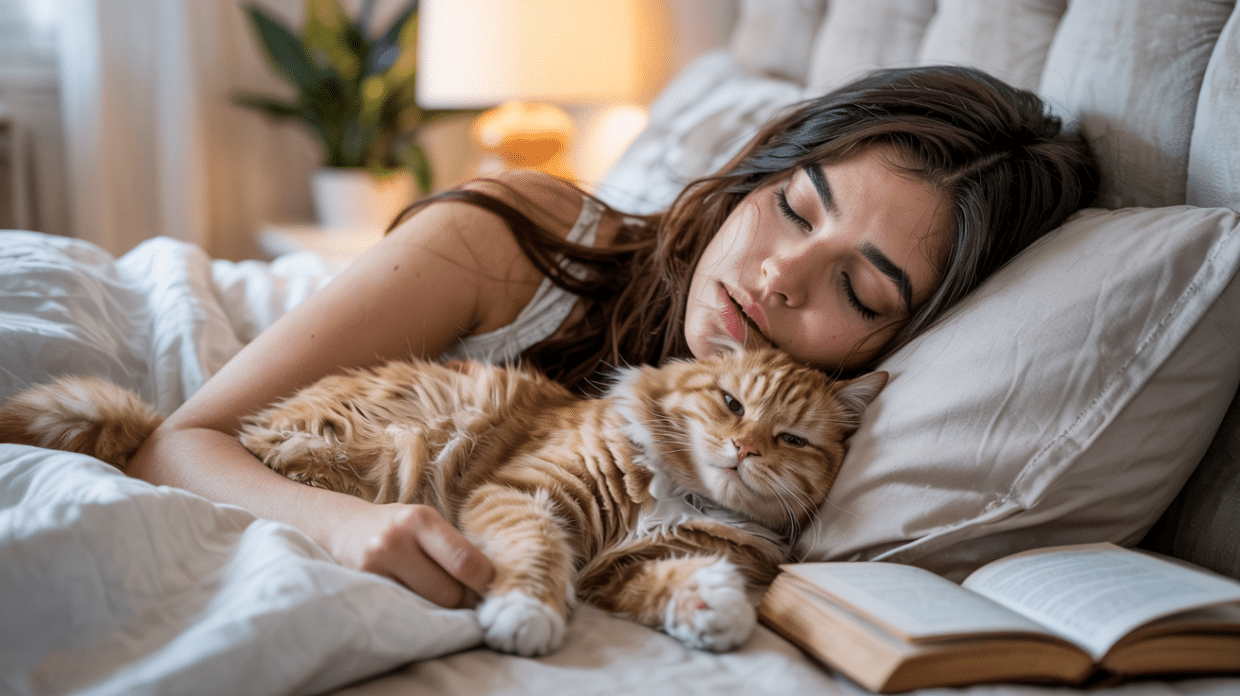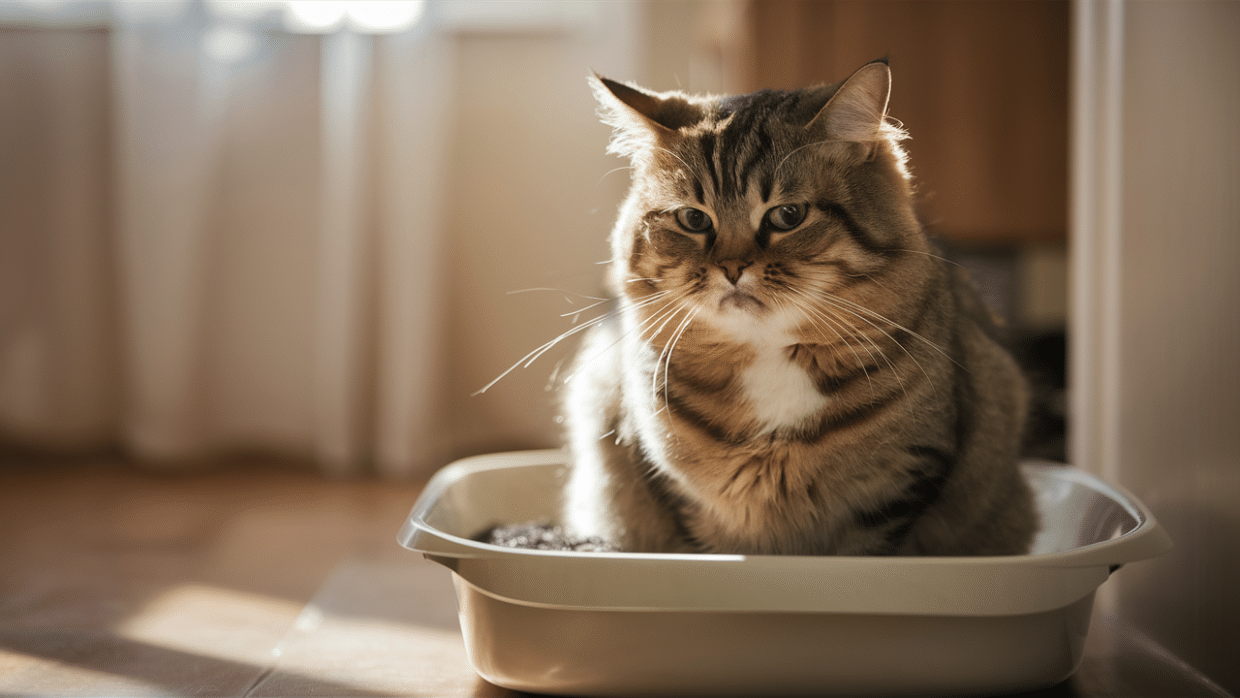Does your cat spend 18 hours a day snoozing on the couch? You’re not alone! “Is my cat lazy?” is one of the most common questions pet owners ask about their feline friends.
The good news? What looks like extreme laziness is usually perfectly normal cat behavior.
In this article, we’ll look at why cats sleep so much and how to tell normal cat napping from potential problems. You’ll learn about the evolutionary reasons behind your cat’s sleeping habits, signs that might indicate health issues, and simple ways to get your couch potato moving a bit more.
By the end, you’ll understand your cat’s behavior better and know when (and when not) to worry about all that lounging around.
Is My Cat Really Lazy or Just Being a Cat?
Cats have a reputation for sleeping a lot. You might wonder if your furry friend is just extra lazy or if this is normal cat behavior. The truth is, most cats spend much of their day sleeping, and this is perfectly natural for them.
Normal Sleep Patterns in Cats
Cats typically sleep 12-16 hours each day. This is normal and healthy for them. Your cat isn’t being lazy – that’s just how cats are!
Kittens and senior cats often sleep even more than adult cats. Young kittens might sleep up to 20 hours as they grow, while older cats need extra rest as they age.
Cats are Crepuscular Animals
Cats are most active at dawn and dusk. If your cat seems to sleep all day but runs around the house at 5 AM, that’s why!
This activity pattern comes from their wild ancestors, who hunted small prey during these hours when it was easier to catch them.
Evolutionary Reasons for Laziness
Have you ever watched your cat zoom around for five minutes, then flop down for a three-hour nap?
There’s actually good science behind why cats seem so “lazy” to us. Their bodies and brains are still wired like the wild hunters they once were.
Energy Conservation Instincts
Cats are built to hunt in quick, intense bursts. They save energy by resting when they’re not hunting.
Think of your cat like a sprinter, not a marathon runner. They need lots of downtime between those exciting moments when they chase toys or pounce on your feet.
From Wild Hunters to Couch Nappers
Your cat may live indoors and eat from a bowl, but their body still follows ancient patterns.
Even though they don’t need to hunt for food anymore, cats still follow the same cycle: hunt, catch, eat, groom, sleep. It’s just that the “hunt” might be a toy mouse now.
Other Reasons Cats Might Seem Lazy
You might look at your cat snoozing the day away and wonder if something’s wrong. Don’t worry! Besides their natural sleeping habits, there are several other reasons why cats might seem extra relaxed around the house.
They Love Warmth and Comfort
Cats are drawn to warm spots like moths to a flame. You’ll find them curled up in sunny windowsills or on your fresh laundry.
Your cat isn’t being lazy – they’re just doing what feels good! Cats naturally seek out cozy places that make them feel safe and warm.
Mental Stimulation and Boredom
A bored cat often becomes an inactive cat. If your furry friend doesn’t have enough to do, they might just sleep more.
Try adding new toys or spending more playtime with your cat. You might be surprised how much energy they actually have when properly stimulated!
Genetics and Personality
Some cat breeds are simply more laid-back than others. Persian cats, for example, are famously relaxed.
Just like people, each cat has their own unique personality. Some cats are naturally more active, while others prefer to take it easy.
Overfeeding and Poor Diet
Too much food or the wrong kind of food can make your cat sluggish. An overweight cat often has less energy to play and move around.
Check with your vet about the right amount and type of food for your specific cat. A good diet can make a big difference in their energy levels.
When to Worry About Laziness
While cats are naturally big nappers, there are times when “lazy” behavior might signal something’s not quite right. It’s good to know the difference between normal cat relaxation and potential problems that need your attention.
Signs of Underlying Health Issues
A cat who suddenly becomes much less active might be telling you something’s wrong. This isn’t their normal laziness.
Watch for other changes too – not eating much, bathroom problems, hiding more than usual, or gaining weight fast. These signs mean it’s time for a vet visit.
Obesity and Activity Levels
A fat cat is often a less active cat. Extra pounds make it harder for your furry friend to move and play.
When your cat carries too much weight, they might seem extra lazy because moving takes more effort. This can create a tough cycle – less movement leads to more weight gain.
How to Help a Lazy Cat Be More Active
Want to get your sleepy kitty moving a bit more? Don’t worry – you don’t need to turn your couch potato into a marathon runner. Just a little more activity can help keep your cat healthy and happy.
Here are some simple ways to add more movement to your cat’s day.
Use Interactive Toys
Cats love toys that mimic prey movement. Try waving a feather wand or pointing a laser dot for your cat to chase.
Food puzzle toys can also get your cat moving. They have to work a bit to get their treats, which makes snack time more fun and active.
Create a Daily Play Routine
Cats thrive on routine. Try to play with your cat at the same time each day, even if it’s just for 5-10 minutes.
Morning and evening play sessions work best because these match your cat’s natural active times. You’ll both look forward to these special moments together!
Offer Window Perches or Cat Trees
Cats love to climb and watch the world. A cat tree or window seat gives them a reason to get up and move.
The view of birds or people outside can keep your cat alert and interested. Plus, getting to those high spots means they have to climb!
Consider Food Puzzles and Feeders
Stop serving meals in a plain bowl. Try a puzzle feeder that makes your cat work a little for their food.
This adds both physical activity and mental challenge to mealtime. Your cat will eat more slowly and get some exercise while they’re at it.
Conclusion
So, is your cat really lazy? Probably not! Throughout this blog, we’ve seen that what looks like laziness to us is actually normal, healthy cat behavior. Your furry friend isn’t being stubborn or difficult—they’re just following their natural instincts.
Remember that cats need those long naps to keep their hunting skills sharp, even if the only thing they hunt now is the toy mouse under your couch. As long as your cat shows periods of playfulness and doesn’t show warning signs like sudden changes in behavior, they’re likely just fine.
Every cat has their own personality and quirks. Does your cat have any funny sleeping spots or odd napping habits? Share your stories in the comments below!

